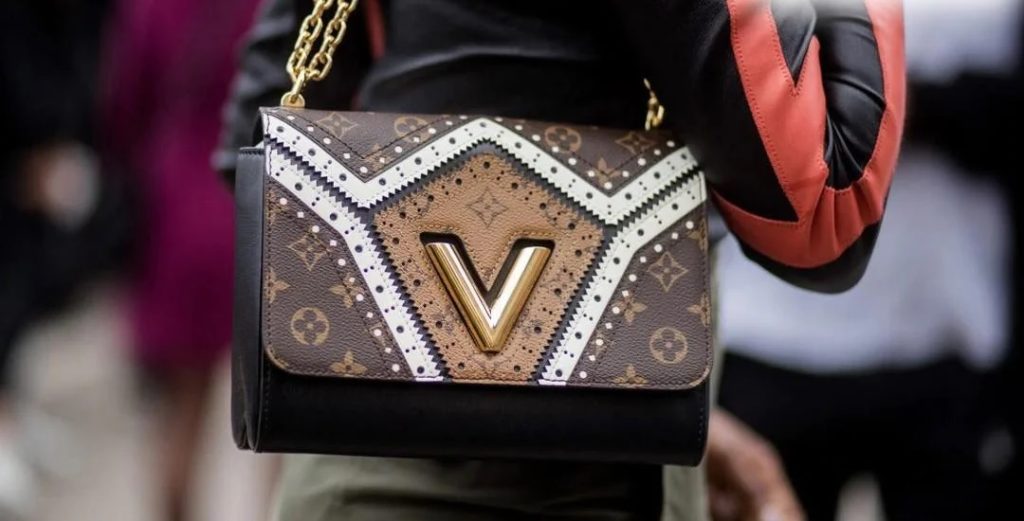The replica bag trend, which has gained significant traction in recent years, raises important questions about consumer behavior, fashion ethics, and the future of luxury brands. These bags, often crafted to closely resemble high-end designer items but sold at a fraction of the price, have found a substantial market among fashion enthusiasts who desire the aesthetic appeal of luxury without the accompanying price tag. One of the primary factors contributing to the popularity of replica bags is the shifting consumer mindset towards value and accessibility. In a world where economic uncertainties prevail, many shoppers are looking for ways to maintain their style without breaking the bank. This trend has become especially pronounced among younger consumers, who may prioritize experiences and sustainability over the traditional markers of status that come with owning authentic luxury goods. The rise of social media has further propelled the replica bag phenomenon. This visibility normalizes the acceptance of replica bags within the fashion community, leading to a broader conversation about authenticity and brand loyalty.

While some argue that wearing replicas undermines the integrity of original designs, others see it as a form of self-expression and creativity. The ability to style an outfit with a high-end look for a fraction of the price resonates with many, particularly those who may not have the means to invest in authentic luxury pieces. Additionally, the ongoing discourse surrounding sustainability in fashion plays a pivotal role in the endurance of the replica bag trend. As consumers become more conscious of the environmental impact of fast fashion and the luxury industry, many are turning to replicas as a way to partake in high fashion without contributing to the cycle of overconsumption associated with authentic luxury brands. Furthermore, the emergence of brands that prioritize ethical production and sustainable materials in their replicas adds another layer of appeal. These brands often emphasize transparency in their sourcing and production processes, attracting a consumer base that values both style and sustainability. However, the replica bag trend is not without its challenges.
Legal issues surrounding intellectual property and trademark infringement often plague the market for replica bags, as luxury brands are increasingly vigilant in protecting their designs. High-profile lawsuits have emerged as companies strive to maintain their brand integrity and combat the perception that replicas dilute their exclusivity. This legal landscape creates a complex environment for Designer Replica Bags manufacturers, who must navigate the fine line between inspiration and infringement. As the fashion industry evolves, it is essential to consider the potential implications of the replica bag trend on luxury brands and consumer relationships. Brands may need to adapt their strategies to cater to a more diverse consumer base that values inclusivity and affordability. This could lead to a reimagining of luxury itself, where access and experience take precedence over the mere ownership of products. In conclusion, the replica bag trend appears to be more than just a passing phase; it reflects broader changes in consumer behavior and values.

